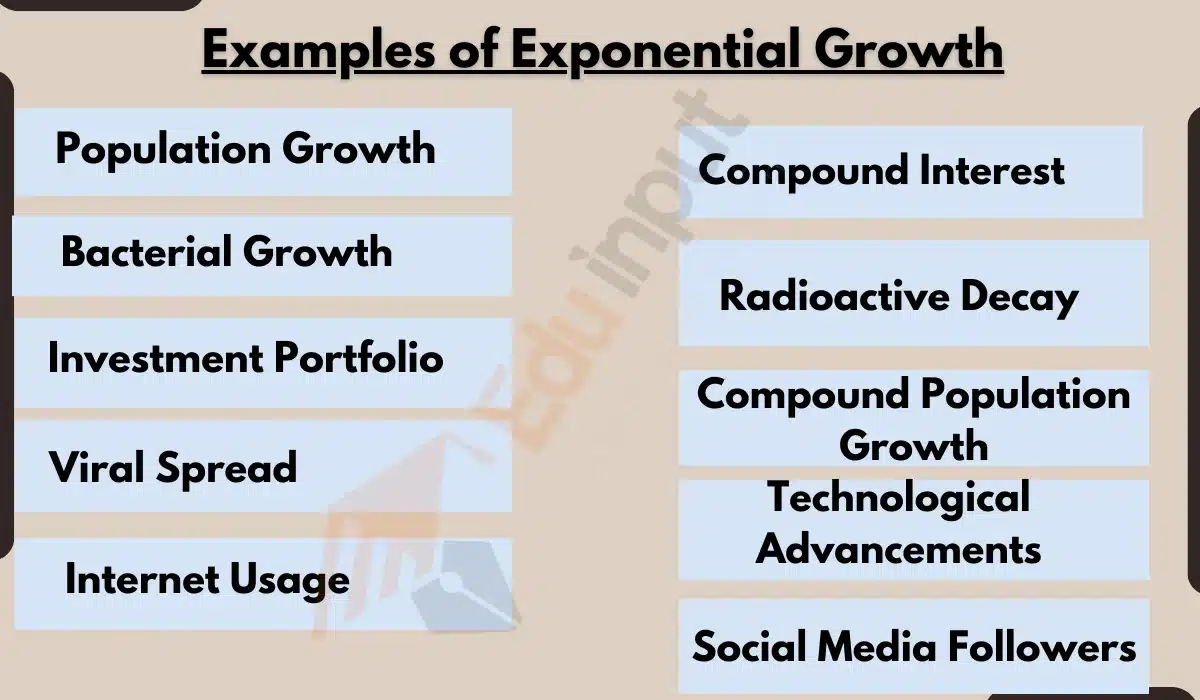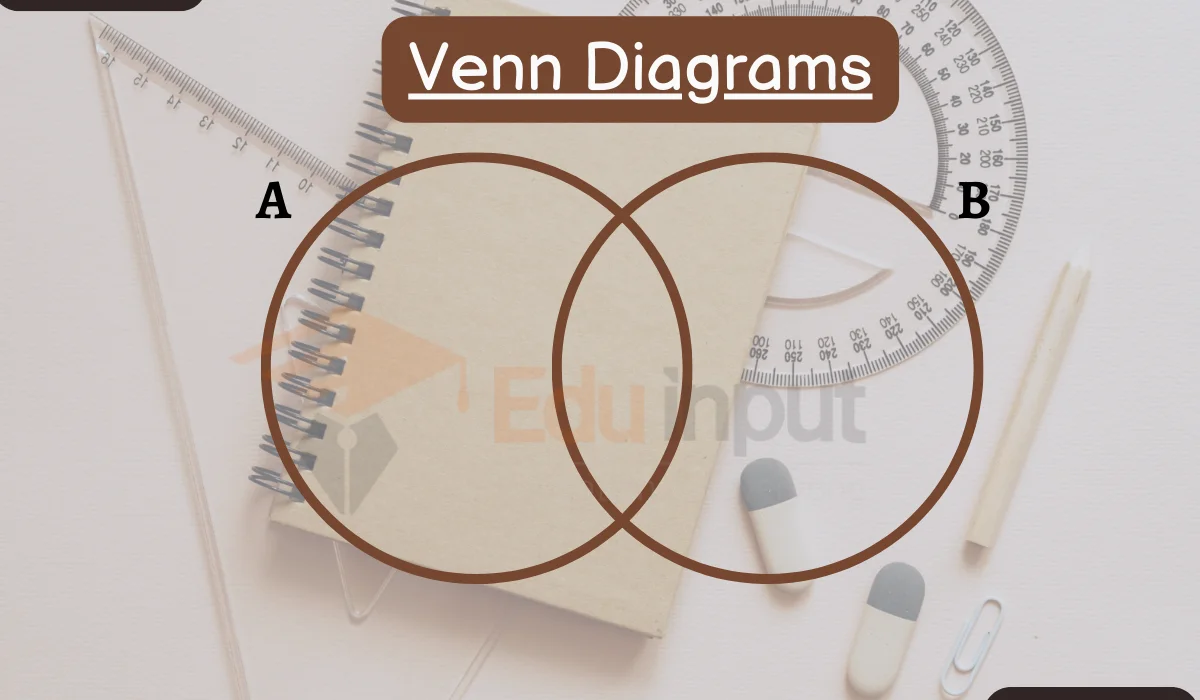10 Examples of Central Tendency
Central tendency is a statistical concept that helps identify a representative value in a dataset. It is essential in mathematics and various fields for summarizing data.
In this article, we will discuss ten examples of central tendency in mathematics.

Examples of Central Tendency
These are 10 examples of central tendency.
1: Mean
Mean is a common measure of central tendency.
For example, in a dataset of test scores, the mean score provides an average performance of the group.
2: Median
Median is another measure of central tendency.
For example, in a dataset of ages, the median age represents the middle value.
3: Mode
When conducting surveys, the mode can identify the most common response.
For example, in a survey about favorite colors, the mode color is the one most respondents prefer.
4: Tracking Stock Prices
In finance, central tendency helps investors understand stock prices.
The moving average is used to smooth fluctuations and determine the central trend in stock prices.
5: Average Temperature
Meteorologists use central tendency to describe climate.
The average temperature for a particular month provides information about the central climate conditions.
6: Mean Household Income
Economists use central tendency to describe income distributions.
The mean household income indicates the average earnings for a specific area or population.
7: Examining Test Scores
In education, central tendency is essential to assess student performance.
Teachers use the median test score to identify the middle-performing student.
8: Calculating GDP
Economists use central tendency to describe the economic health of a country.
Gross Domestic Product (GDP) represents the average economic output of a nation.
9: Population Age Distribution
Demographers use central tendency to understand population demographics.
10: Salary Ranges
Employers use central tendency to set salary ranges for job positions.






Leave a Reply